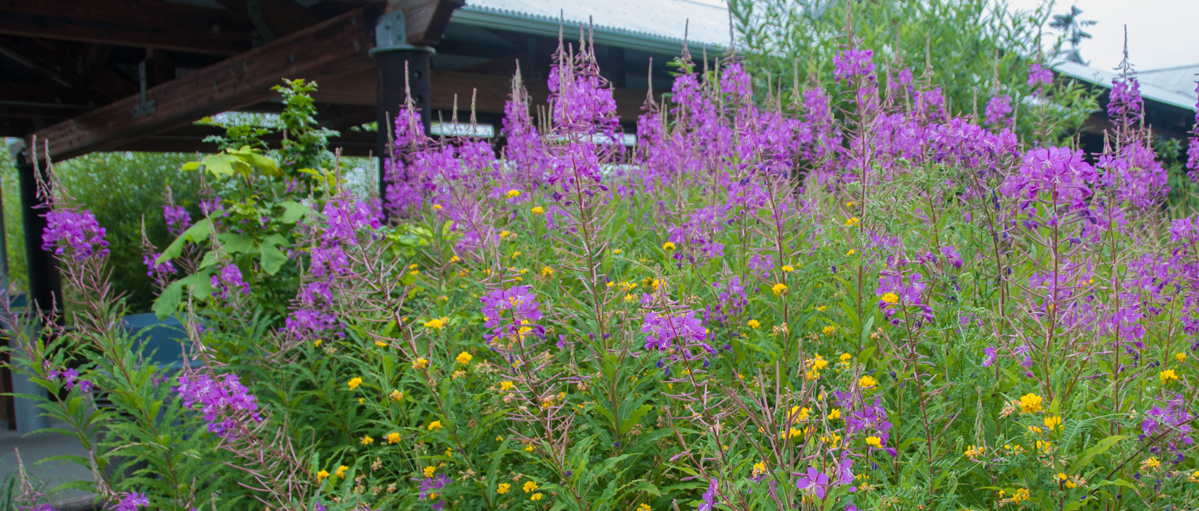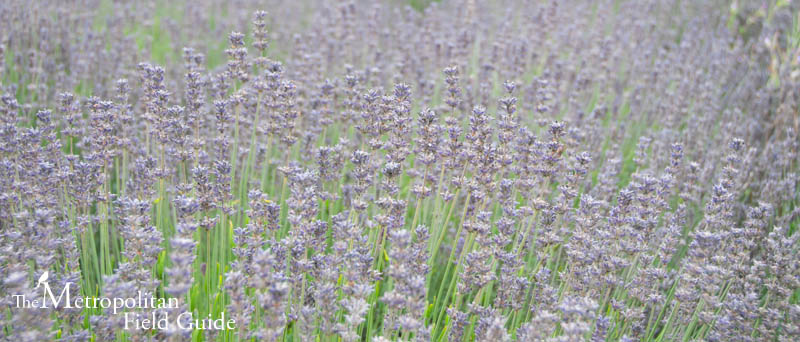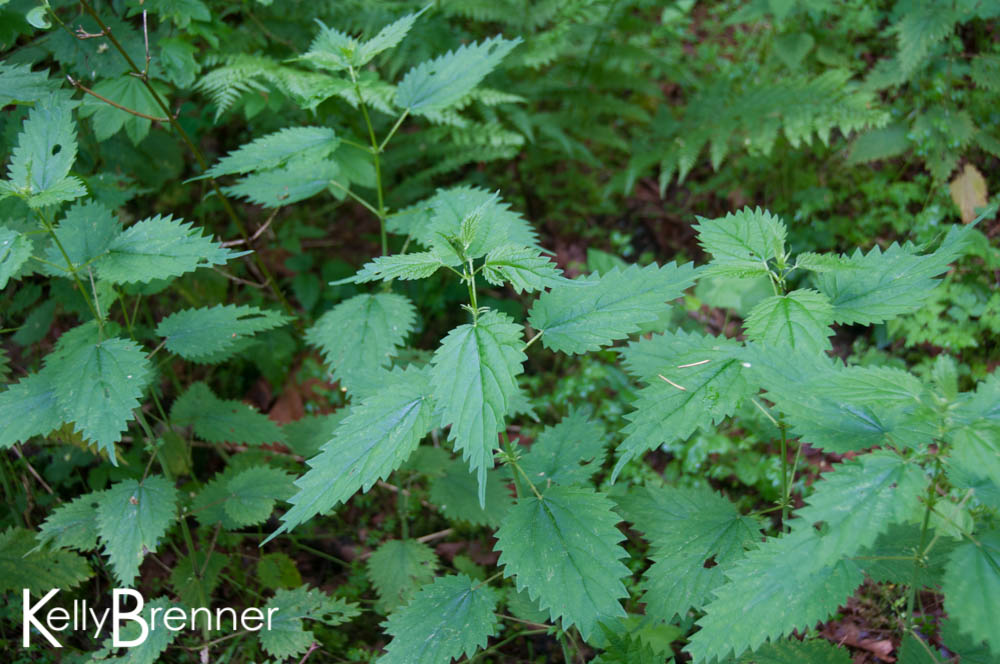At the top of nearly all of my wildlife plant resources is the Serviceberry Amelanchier alnifolia, and for good reason. It’s a diverse plant that offers many wildlife benefits including fruit, nectar and edible foliage. Many birds take advantage of the fruit including chickadees, juncos, bluebirds, goldfinches, orioles, tanagers and more. Mammals make use of the berries as well as the leaves and twigs such as skunks, foxes and chipmunks which eat the berries and deer and elk which eat the foliage. Butterflies, particularly spring azures make use of the nectar and the plant serves as a host to swallowtail larvae. The flowers can also attract beneficial insects. Amelanchier has many species so there is likely one or more that will grow in most regions in the US.
It’s growth habit is also diverse and depending on where it’s grown it can be a shrub or a small tree. White flowers bloom in early spring and are followed by a heavy set of fruit. The leaves are a dull green color which turn in the fall to a range of red, yellow and orange. The fruit starts out red and turns dark purple when ripe and it’s rather sweet and good for pies.
It grows naturally in a variety of habitats such as stream banks, forest edges and grassy slopes. In the planted landscape it would do well in hedgerows or in open, sunny areas. It prefers a sunny location but can tolerate some shade, but it needs soils with good drainage.
It’s also popular with humans and has long been used by Native Americans in a variety of ways.
Further Reading:
Almelanchier alnifolia:: Oregon State University
Almelanchier alnifolia:: Lady Bird Johnson Wildflower Center
Almelanchier alnifolia:: Washington Native Plant Society
Amelanchier:: USDA PLANTS Profile
Serviceberries:: Canadian Wildlife Federation
Serviceberries:: West Virginia







Serviceberries are delicious (http://localecologist.blogspot.com/2010/06/6-things-to-do-with-amelanchier.html). We’ve eaten a lot of the fruit this spring.